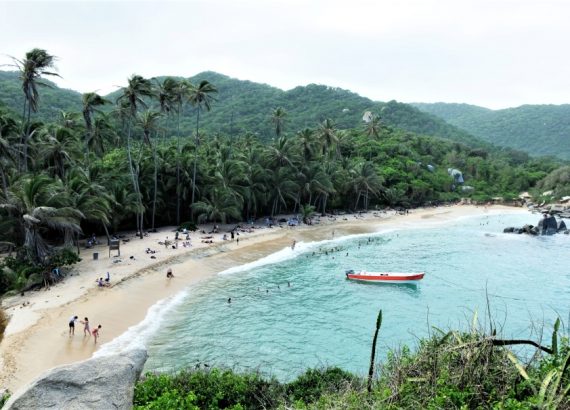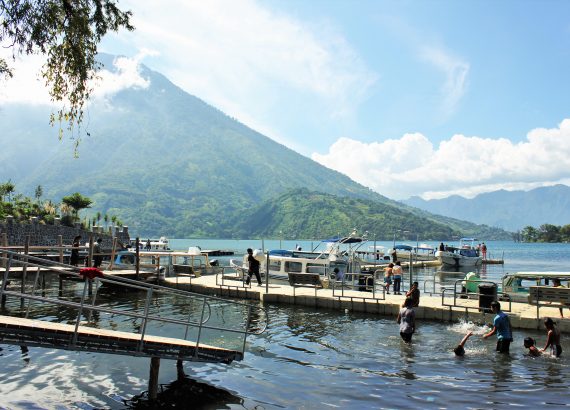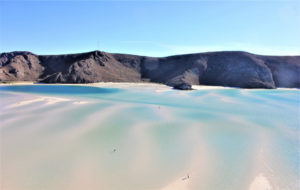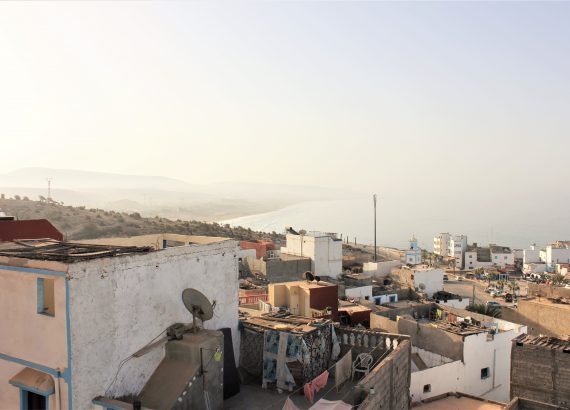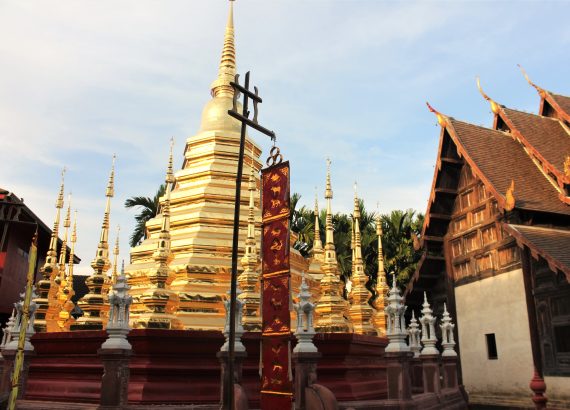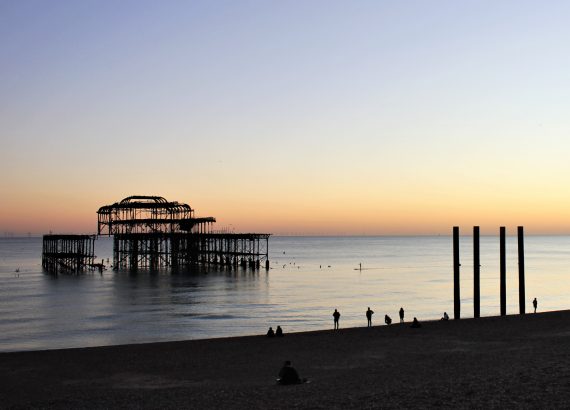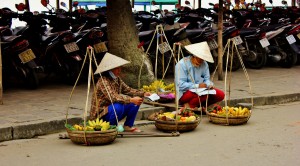Best Hiking Backpacks for 2023
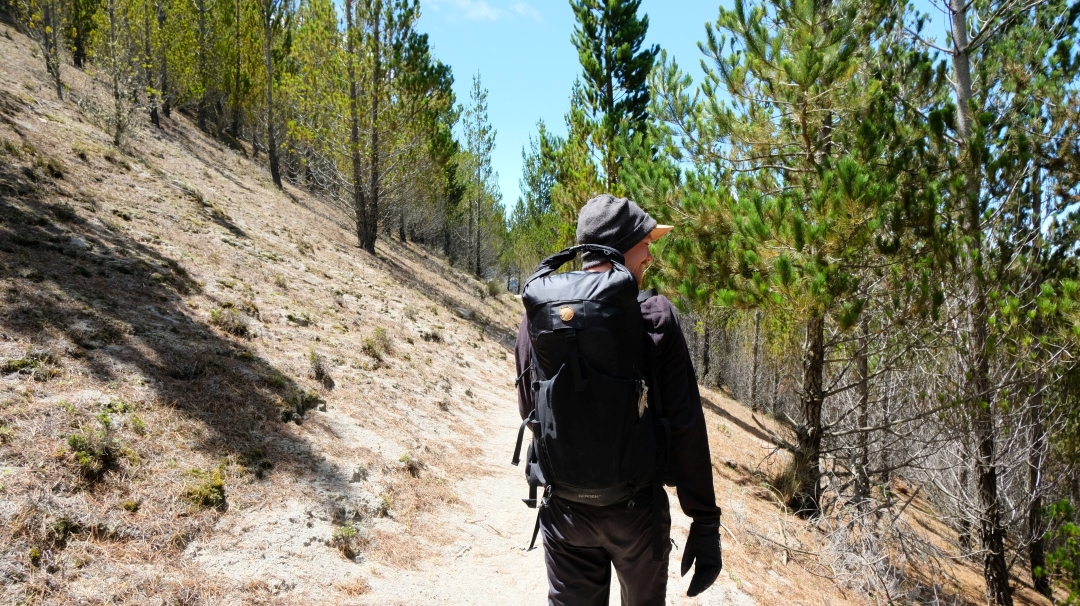
We’ve put together this list of the best hiking backpacks in 2023. Whether you’re heading out for a day hike, or ready to tackle a multi-day hiking adventure, we’ve got the low-down on the best hiking backpacks on the market.
Is there any better feeling than slinging on your backpack and getting out into nature for a hike? We don’t reckon there is, but we also know rubbish it can be hiking with an uncomfortable backpack. We’ve been travelling and hiking around the world for 10 years, and we’ve tested a fair few backpacks in our time. We’ve been caught in the rain with canvas backpacks, grappled with uncomfortable straps and fought over who would carry a needlessly bulky bag.
In short: we’ve researched a bunch of hiking backpacks so you don’t have to!
Best Hiking Backpacks
Here are our top hiking backpacks for every type of hike:
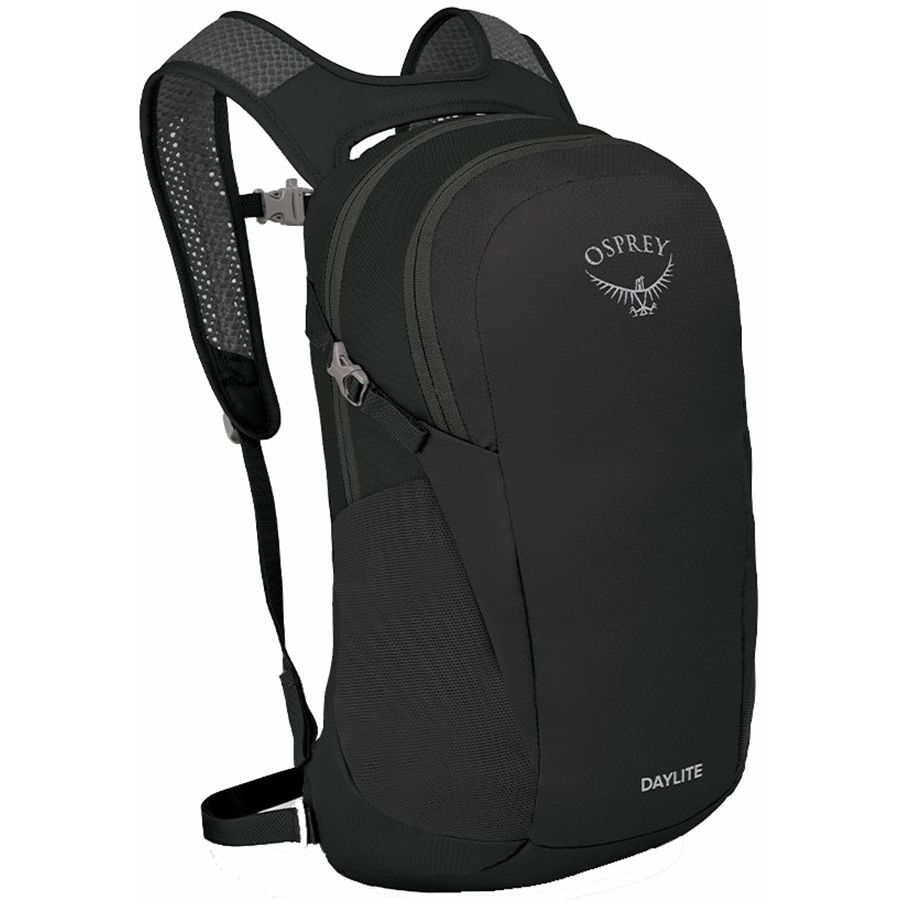 |
Best hiking backpack for day hikes and short circuits |
 |
Best hiking backpack for multi-day treks |
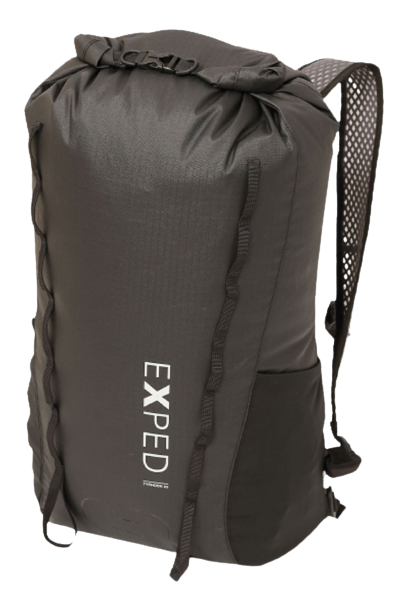 |
Best waterproof backpack |
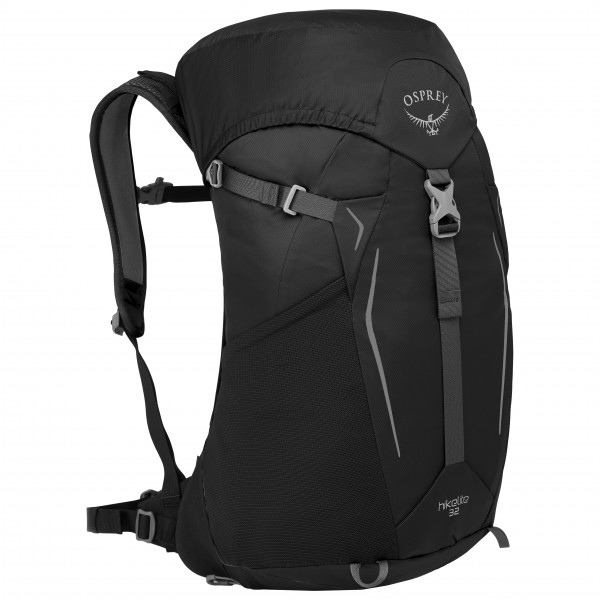 |
Best lightweight hiking backpack |
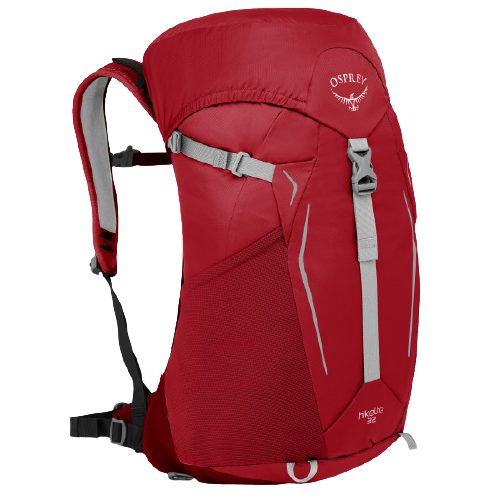 |
Best value hiking backpack |
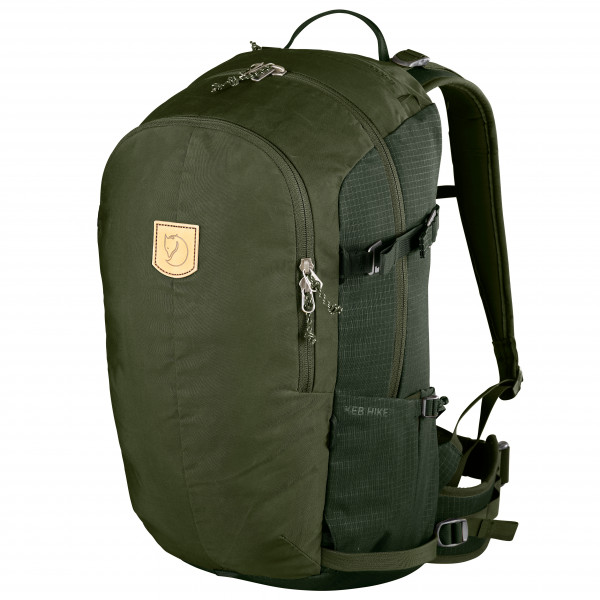 |
Best looking hiking backpack |
Hiking Backpacks: Factors to Consider
There are multiple factors you’ll want to consider when investing in a hiking backpack. Which hiking backpack is best depends on what you need from it and the length of your hiking trip. We’ve outlined some key factors to consider before you buy.
Comfort
By far the most important factor when choosing a hiking backpack is comfort. Ain’t no one want to carry an uncomfortable backpack. Trust us when we say an uncomfortable rucksack will ruin your hike. How do you find a comfortable hiking backpack?
Size
Backpack sizes are measured in litres – referring to the volume that they contain. You can usually find the size in the product name or product description. We’ve added the litre capacity to all of our backpacks listed in this post. Here’s a breakdown of backpack sizes so you know what to look for:
| 15-25L | These hiking rucksacks are only for day hikes. We usually opt for a 20-25L and only carry one backpack between the two of us for day hikes. A backpack of this size can easily fit essentials like a rain jacket, lunch and water bottle. If you also need to carry other gear (such as hat, gloves etc) for a day hike, we’d recommend going toward the larger capacity. |
|---|---|
| 30-45L | Hiking backpacks of this size are most suited to multi-day hikes. We hiked with one 30L backpack and one 15L backpack on our 3-day Quilotoa Loop hike in Ecuador between two people (no camping gear). If you don’t need to carry hiking equipment and are walking harder routes, we’d recommend sticking with a 30L to stop yourself from over-packing. |
| 45-60L | Our personal recommendation would be to stay away from backpacks of this size, unless you’re hiking in extremely cold weather and need the space to carry extra thermal layers and bulky jackets. These backpacks are cumbersome and will making hiking trips more difficult and less enjoyable. Pack light and keep it tight. |
Weight
The lighter your hiking backpack, the better. Once you start packing, the weight of your backpack can quickly start to creep up. Trying it on in your bedroom it might seem fine, but when you start hiking you’re feeling all of that weight for a really extended period of time. But you can’t trade-off essentials, so make sure you’re not getting an extra weight or bulk from your backpack itself.
However, don’t invest in a cheap backpack that’s light at the sacrifice of durability. Most good quality backpacks are already lightweight (see the Osprey Hikelite 32L for example). If you’re opting for a backpack that falls into the ultra lightweight category, ensure it’s hardy enough for your hiking adventures and always read the reviews.
Durability
Hiking backpacks take a beating, so you want one that’s going to last. When it comes to backpacks, our experience has been that the more expensive backpacks last longer. Whilst we’re not usually proponents for expensive equalling better quality (designer labels, for example, don’t equal better quality clothing), when it comes to hiking backpacks you are making an investment.
Water Resistant vs Waterproof
A water resistant hiking backpack is a 100% must for me. There’s nothing worse than stopping for the night, already drenched by the rain, and finding all the clothes inside your backpack are damp too. Whilst water resistant backpacks can withstand light rain, waterproof ones can withstand full downpours. There are more water resistant backpacks on the market, as waterproof ones tend to be made of a thicker material.
What you need depends on where you’re going. If you’re climbing anywhere where you know storms and heavy downpours are possible, opt for waterproof. If you’re not expecting anything worse than the odd light shower, a water resistant backpack will be fine. And what about rain covers? I personally find rain covers fiddly and they don’t get full coverage of the backpack. That said, they’re better than nothing!
Internal Frame
Backpacks with an internal frame that provides a structured shape are best for hiking. These are the most comfortable, better distribute the weight in your backpack and usually allow for airflow between your back and the backpack. If you’re carrying a larger backpack, an internal frame is an absolute must. For day hikes, you can sacrifice internal frames for the sake of style and packable-ness (if you need to pack your smaller backpack away at other times).
Men’s vs Women’s Hiking Backpacks
We’ve not differentiated between men’s and women’s hiking backpacks in our round-up and have instead listed unisex hiking backpacks. The key difference between men’s and women’s hiking backpacks is that women’s ones are often shorter in length. However, there are also shorter men and taller women, so take this differentiation with a grain of salt. If you are a man or woman on the shorter side, consider researching hiking backpacks based on their length so they fit against your back well.
Style
I’m adding style last on the list because whilst it’s important, most hiking backpacks that are comfortable and practical aren’t always the most stylish. We usually keep things simple by opting for black or darker coloured backpacks that clash less with clothing and don’t show the dirt as much. However, if you’re hiking in more dangerous terrain where getting lost is a possibility, for safety you might opt for a brightly coloured hiking backpack.
Which Hiking Backpacks Do We Use?
We often get asked which hiking backpacks we use and we’re happy to share.
I (Charlie) have a Fjallraven Bergen 30L. This model is quite a few years old now and I’ve had for more than 5 years. It is nearly always out of stock — sorry! I travel everywhere with this backpack as my main travel backpack and we’ve taken it on multi-day hikes like the Quilotoa Loop. It’s well-padded, has a structured back and is water-resistant. I absolutely love it.
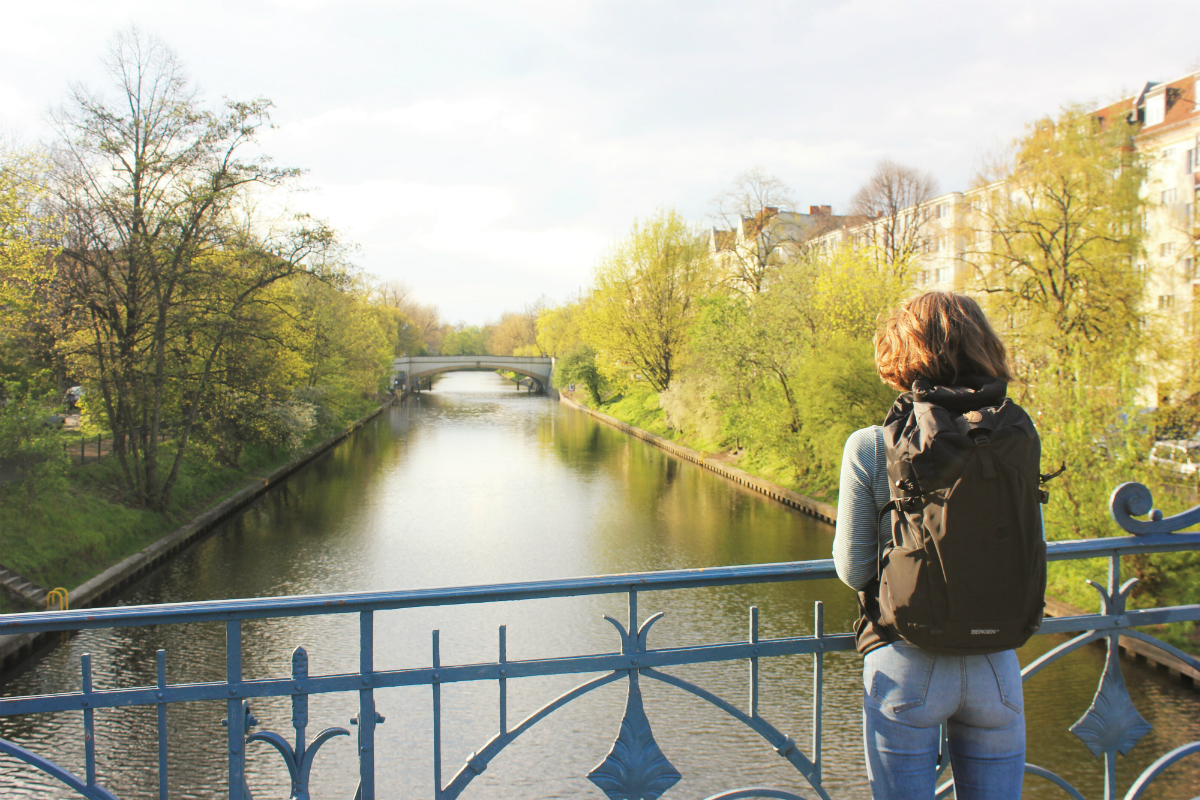
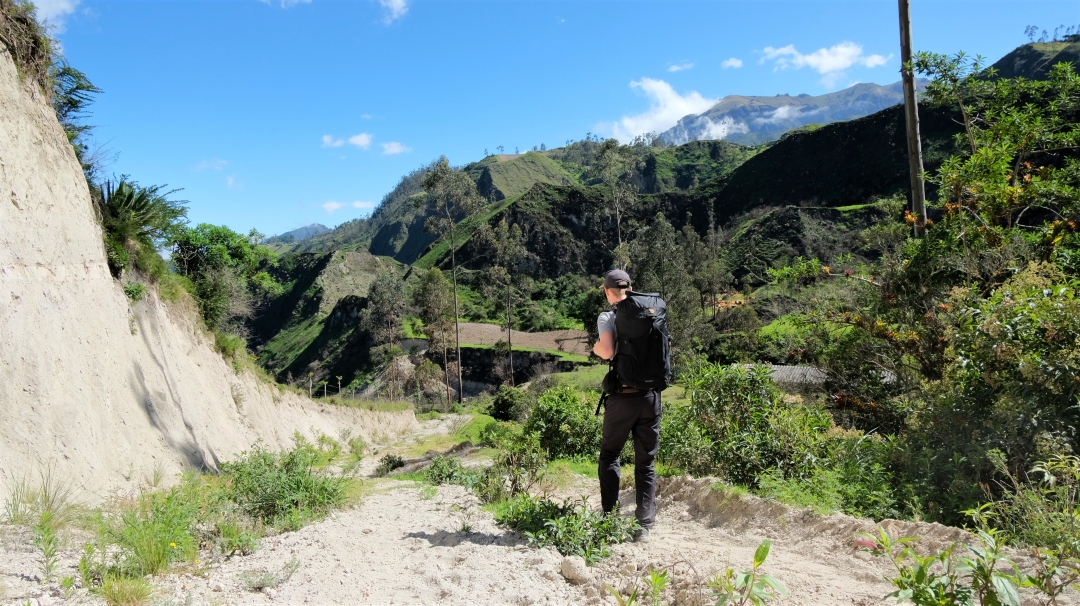
Luke has the Thule Capstone 40L. This is a slightly larger backpack without being too cumbersome. It’s very well-structured with an internal frame and has a mesh that keeps the pack away from your back (preventing gross sweaty back!) It’s well-padded on the shoulders and has a good hip belt. The downside is that it isn’t fully waterproof, but it does usually come with a rain cover. Here’s the Amazon link if you prefer.
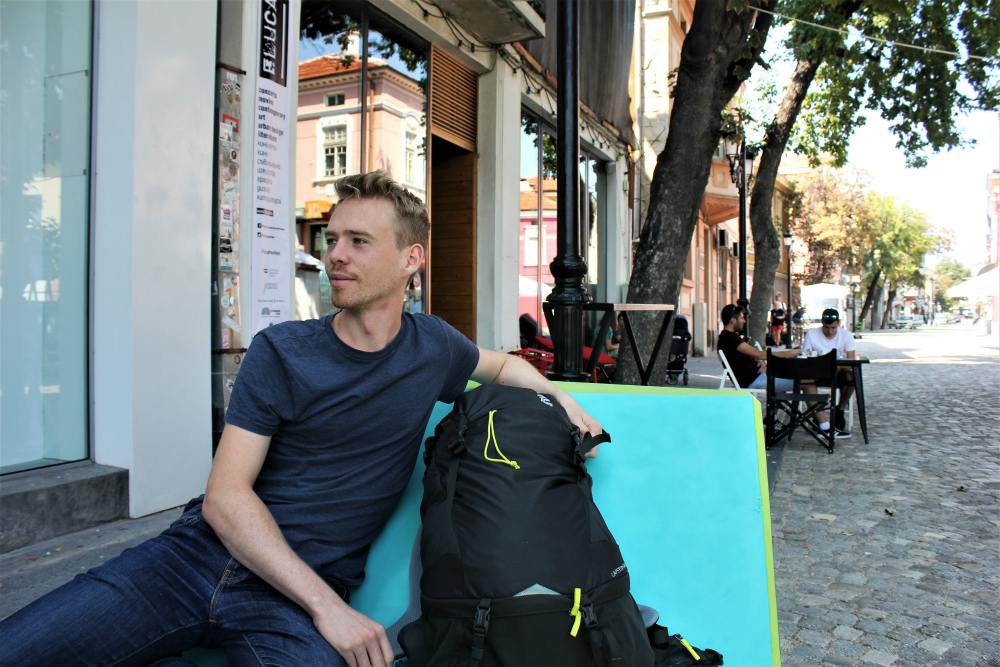
Whether you’re day hiking or going on a multi-day trek, there’s a hiking backpack to suit you.





